Is Organic Food Better For You? With Dr Hayley Dickinson
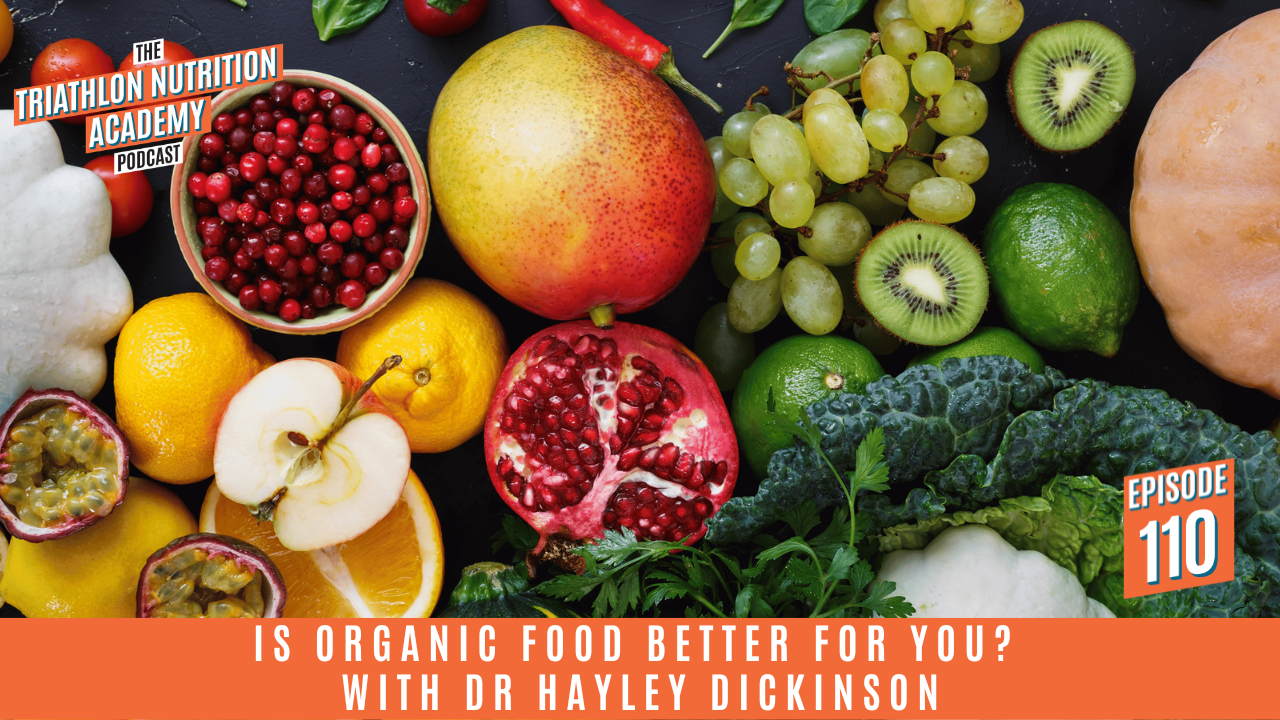
Let’s dive into organic food! Is it better for you?

Founder of Eat For You here in Australia, Dr Hayley Dickinson is the expert on all things organic food. (Learn more about Dr Dickinson by listening to her previous episode: Unravelling the Truth About Food Labels and The Nutrient Quality of Our Food with Dr Hayley Dickinson.)
Defining organic food
- Organic doesn't have a universal definition.
- In Australia, organic principles include high nutritional value, enhancing farming ecosystems, soil fertility, renewable resources, pollution avoidance, and environmental protection.
- Producers must adhere to these principles and get certified.
- The Australian Government has a detailed National Standard for Organic and Biodynamic Produce.
- This document outlines allowed inputs, land management, and certification requirements.
A costly transition
- Transitioning to organic farming is expensive and time-consuming.
- Farmers may experience yield drops during the conversion per...
The Best Triathlon Meal Plan

It’s time to break down the myths and discover what truly makes a meal plan tailored to your unique needs as a triathlete.

If you've ever entered into the world of triathlon nutrition, you've probably stumbled upon countless generic meal plans online.
These cookie-cutter plans promise to fuel your triathlon journey, but here's the harsh truth—they might not be serving you as well as you think.
The Problem with Generic Meal Plans & Quick Fixes
- The overload of generic meal plans can be overwhelming.
- These plans often prescribe highly specific portions that don't suit most individuals.
- One-size-fits-all meal plans might work for some, but not for the majority.
- Quick fixes rarely lead to long-term success in triathlon nutrition.
- True progress requires a personalised approach.
Nutrition is Not One-Size-Fits-All
- Just as you wouldn't use a generic training program, your nutrition shouldn't be generic.
- Your nutrition needs consider your individual requirements...
Recipe Guidelines for Triathletes: Food to Fuel Training
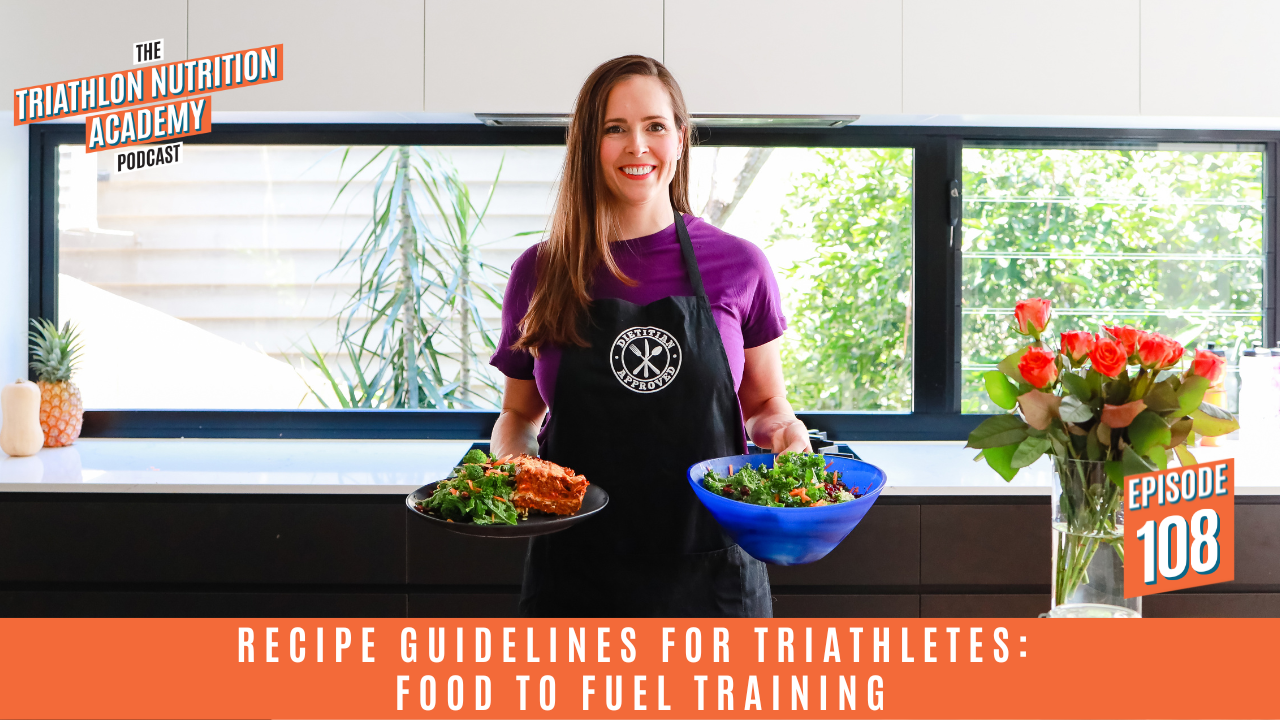
Are you a passionate triathlete looking to maximise your performance while maintaining long-term health?

After more than 15 years of working with endurance athletes like you, one thing became clear: the desire for healthy, nutritious, and delicious recipes that are quick and easy to prepare.
You don't want to waste time and money on complicated, unappetizing meals.
Let's dive into the essential ingredients for your triathlete diet and how to find recipes that fit your needs.
Balance Your Macronutrients
Triathletes have unique nutritional requirements due to the demands of their training. You need meals that provide a perfect balance of carbohydrates, protein, and healthy fats to fuel your workouts and support recovery.
Here's what to look for:
Carbohydrates: Triathletes rely on carbohydrates for sustained energy. Opt for complex carbs like whole grains, fresh fruits, starchy vegetables, and legumes. Your carb needs vary, so adjust based on training intensity and du...
Female Athlete Series: Part 1: Physiological Differences Between Male and Female Triathletes
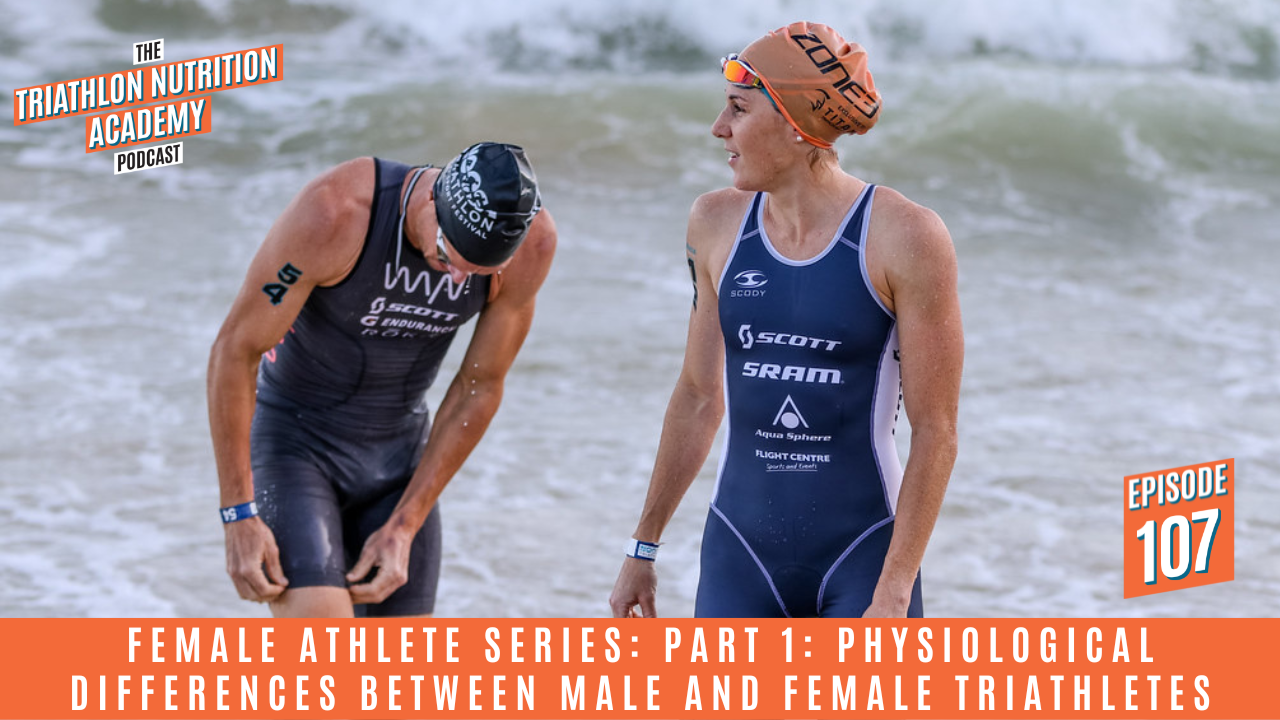
In the dynamic realm of women's athletics, remarkable physiological distinctions set female athletes apart from male. Diving into these intricacies unlocks a world of potential, achievements, and empowerment.
Let's dive into the physiological differences that distinguish male and female athletes.

Evolving Research Landscape: From 2020 Onwards
The landscape of research concerning female athletes has undergone a profound transformation, particularly since 2020. The global pandemic spotlighted the distinctive needs and challenges faced by female athletes, prompting experts and researchers to venture into this uncharted territory.
As we journey through this series, a spotlight shines on the specific requirements of female athletes in areas such as training, nutrition, and coaching.
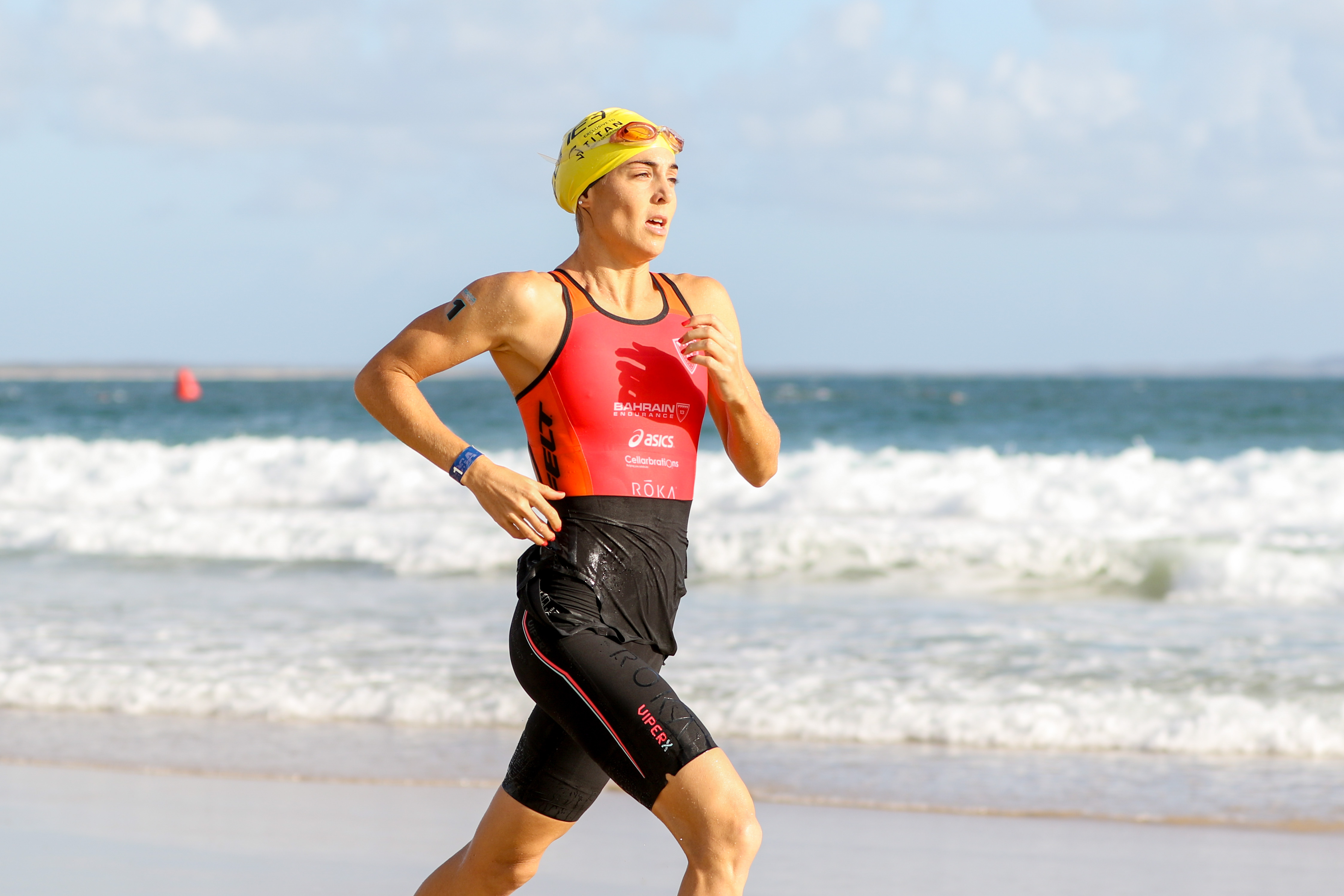
Shifting the Focus: Filling the Gaps
Historically, sports science research leaned heavily toward male athletes.
While studying women presents challenges due to their unique physiology, experts...
Intermittent Fasting & Endurance Exercise. Should you do it?
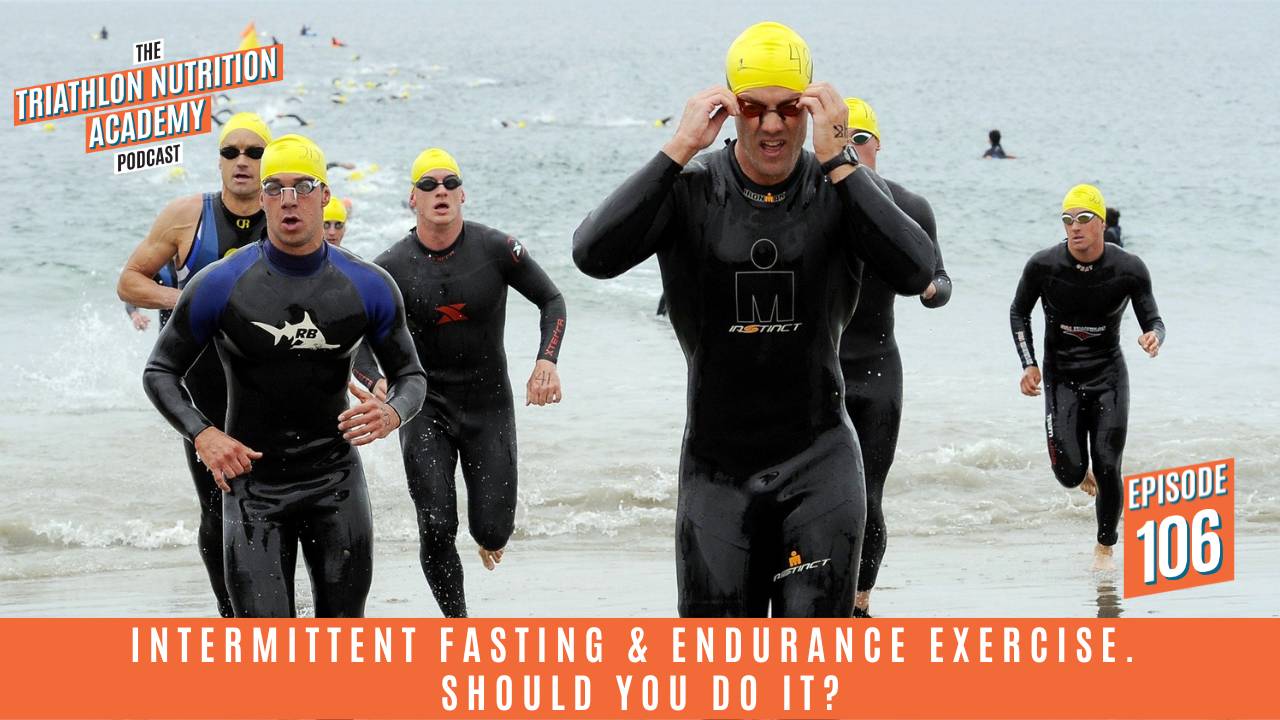
It’s time to separate fact from fiction when it comes to intermittent fasting and help you determine whether it fits your endurance ambitions. Let’s dive in!
Ancient wisdom, modern trend
Intermittent fasting, a practice that’s been around throughout history, has suddenly trended with celebrity endorsements and athlete support. But what's the real story behind this fasting trend?
Intermittent fasting comes in many forms - from 16:8 cycles to 5:2 regimens.
Yet, can such a singular approach cater to diverse individuals? The answer is in fasting with sustainability and the integration into your lifestyle and energy demands.
The science behind intermittent fasting
When you fast, your body uses up its stored energy and breaks down fat for fuel. Short-term, your body handles protein well during fasting, but we're not sure about the long-term effects.
If you're a triathlete aiming for your best performance, fasting might not be your best friend. High-intensity exercises, li...
Unravelling the Truth About Food Labels and The Nutrient Quality of Our Food with Dr Hayley Dickinson

Are you feeling overwhelmed by the uncertainty surrounding the nutritional content of your food? Do you find it challenging to ensure you are meeting your daily nutrient requirements?
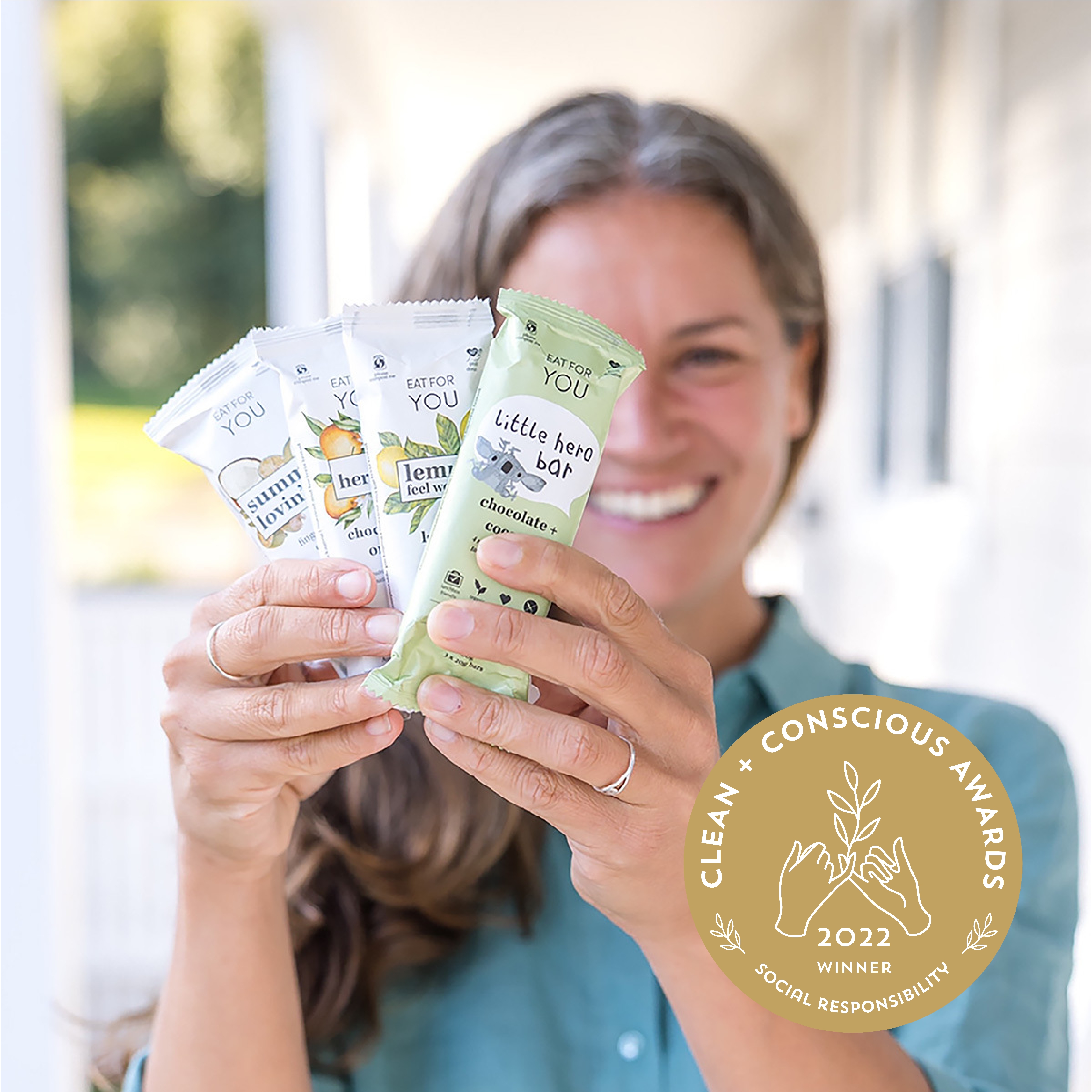
Meet Dr. Hayley Dickinson, the founder of Eat for You, an Australian snack company committed to providing nutrient-tested, batch-tested food products. Read on as she explores the challenges of obtaining essential nutrients from our food, the importance of independent batch testing, and the potential of regenerative agriculture in solving this global issue.
Dr. Hayley Dickinson
- Dr. Hayley Dickinson, a scientist with a Bachelor of Science and a PhD in reproductive stress during pregnancy, has been on a journey from academia to her love for food.
- She has a desire to improve the food landscape globally and ensure people get what they need from their food drove her to start Eat for You.
Understanding Nutrition Information Panels
- The podcast highlights the lack of integrity in relyin...
How to Maximise Your Triathlon Performance in Less Training Time

Meet Taren - Triathlete and Founder of Mottiv
Taren, affectionately known as Taz, has been a dedicated triathlete for the past 13 years. With a passion for triathlon and a wealth of experience, Taren founded Mottiv, a venture aimed at making quality training plans accessible and motivating for athletes like you!
Mottiv - Born from Passion and Purpose
Taren's journey with Mottiv began as a hobby. After realising that his career as an investment advisor wasn't fulfilling his true calling, he turned to his love for triathlons and started a YouTube channel to share the lessons he had learned over the years. Little did he know that this hobby would evolve into the second largest triathlon-focused YouTube channel worldwide and lead to the creation of Mottiv.

The Mottiv Method - Train with Purpose
At Mottiv, the goal is helping triathletes train smarter, not harder. Their approach, aptly named the Mottiv Method, is centered around four key pillars:
1. Training with Precision
Tr...
Under Training is Better Than Overtraining with Michellie Jones
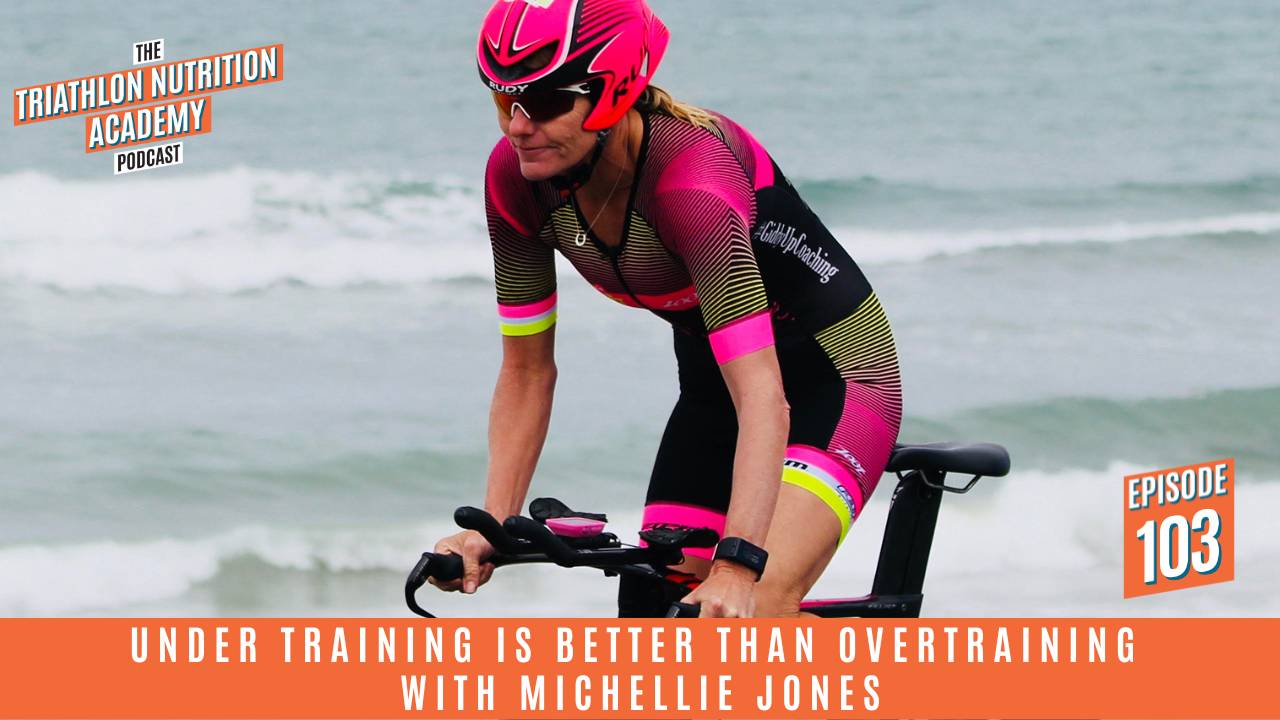
Get ready to dive into the world of triathlon with none other than Michellie Jones, a household name in the sport. With an impressive track record and a wealth of experience, Coach Michellie shared her wisdom on the importance of rest and recovery in training.

Michellie Jones: A Down-to-Earth Legend
Let's take a moment to appreciate the fact that we get to learn from the iconic Michellie Jones!
Michellie started her tri career in 1990 and won two ITU Triathlon World Championships (in 1992 and 1993). She won the and won an Olympic silver medal in the Sydney Olympic Games.
She became Ironman World Champion in just her 4th full distance Ironman in 2006. In addition to coaching age groupers, she is also the head coach of UC San Diego's collegiate program.
The Perils of Overtraining and the Need for Rest
Triathletes are notorious for their relentless pursuit of intensity and pushing themselves to the limits.
However, Michellie stresses the importance of adopting a periodi...
The No-BS Guide to Triathlon Nutrition
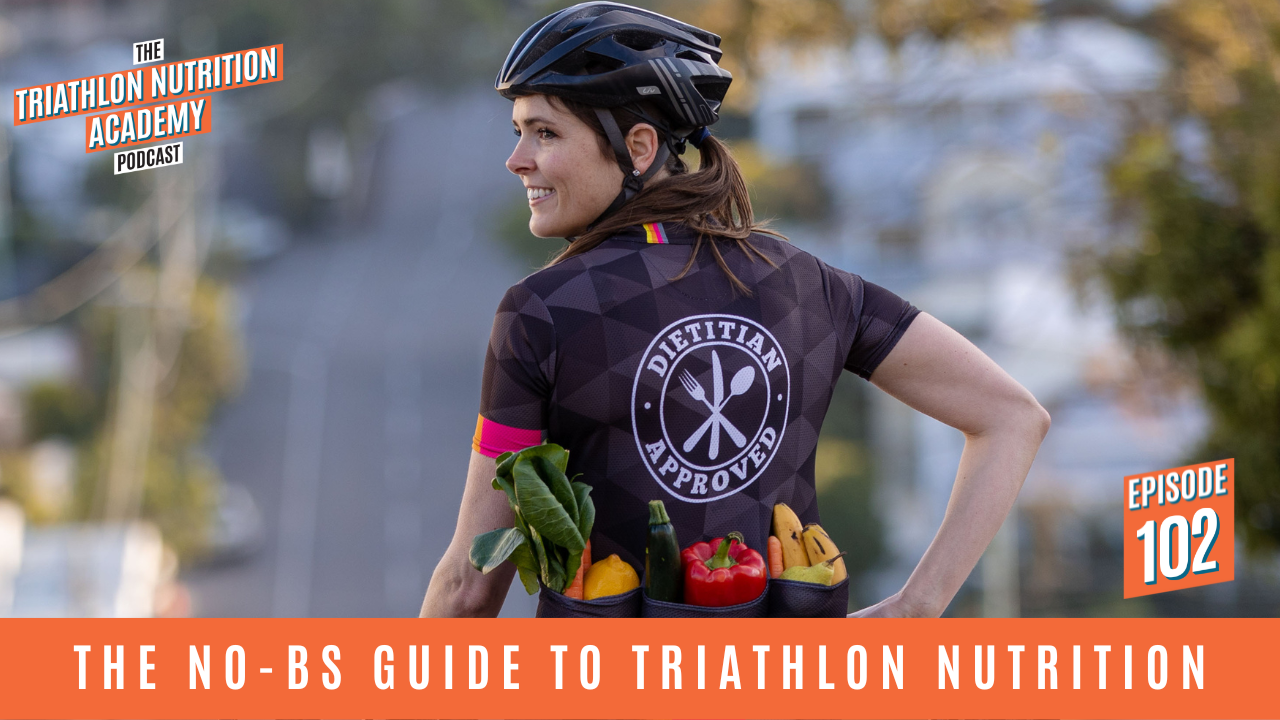
The best time to work on your nutrition was 6-12 months ago. The second-best time is NOW.

Whether you're on track with the goals you set at the start of the year, you've lost momentum or you didn't set any goals and have been winging it so far this year – draw a line in the sand and let’s do something about it now
Triathletes with a race nutrition plan perform better than those that don’t.
In this post we’ll dive into how to fuel your body for success and make the most of your training sessions, creating sustainable change for a healthier, fitter you.
Making Time for What Matters
As a triathlete, you know how precious time is. Balancing training, work, family, and all the other aspects of life can be a challenge. However, when it comes to improving your nutrition, waiting for the perfect time simply won't cut it.
The truth is, you'll never have extra hours magically appear in your schedule. It's up to you to make time for what's important.
How Chris and Kelly are Saving More Than $550 on Supplements Each Month!

Get ready to discover the secret hacks of two Triathlon Nutrition Academy athletes as they share how much money they are SAVING each month since joining the program.
Kelly Estes and Chris Tubbs, both age-group triathletes based in the USA, have achieved something remarkable with their nutrition. Let’s delve into their experiences to shed light on the unexpected benefits of optimising nutrition for performance.
But first, here’s a little background on Kelly and Chris:
- Chris just completed Chattanooga 70.3, Escape from Alcatraz & is preparing for his fourth Ironman in Cozumel.
- Kelly dabbles in lots of Olympic Distance events, has recently completed a 70.3 and is gearing up for his first ever Ironman in California in October later this year.

Shedding unnecessary supplements
As an athlete, you may have fallen into the trap of believing that an abundance of supplements is essential for success.
Chris and Kelly, just like many others, were hesitant about joining the Academ...



